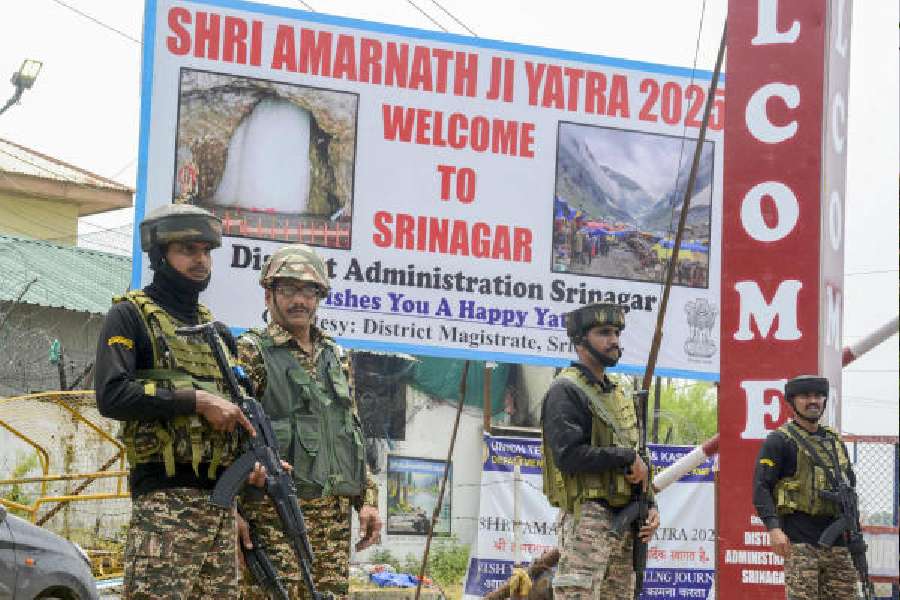 |
I am a feminist. Not a militant one. But if the need arises, I wouldn’t mind being confrontational,” says Herbjørg Wassmo (picture left), author of The House with Blind Glass Windows and one of Norway’s most famous writers. Wassmo, a quiet woman with a shock of silver hair, visited Calcutta recently and attended the screening of Ole Bornedal’s award-winning film, I am Dina, organised by The Seagull Foundation for the Arts on February 9, along with two other Norwegian writers.
Apart from the screening, the meet also featured a poetry-reading session by members of the visiting delegation. It was an occasion for city-based publishers to interact with members of the Norwegian Literature Abroad (Norla), a government-funded, non-commercial foundation that promotes works by Norwegian writers in other countries.
The film, I am Dina, is based on one of Wassmo’s novels. It tells Dina’s story; a determined, fearless young woman who survives a difficult childhood to triumph against life. There is a bit of Dina in Wassmo too. Her heroines experience loss and pain and yet, in a way, remain unconquered. In The House with Blind Glass Windows, the first book in the Tora trilogy, little Tora, living in the shadow of her mother’s life and her shame, grows up to become an unusually gifted and artistic woman.
Wassmo, her publisher says, is a cult figure in her country. She has received several awards for her works: the Literary Critic’s Award, The Bookseller’s Award as well as the Nordic Council’s literary prize. But fame rests heavily on Wassmo. “I am a normal person writing about normal things,” she says. She is wary about the market and its demands, but stresses that her creativity has never been dictated by commerce.
Of the other two visiting writers, the genial Lars Amund Vaage writes about childhood too, but in a different way. Lars is primarily a children’s writer. This, he says, is his maiden visit to Calcutta . His favourite author is Vikram Seth. He believes that for an author, the challenges in writing for children remain the same across all cultures. “The need is to produce work that is good enough to keep children interested,” says Lars.
In Norway, fewer children are interested in books today. When Lars is told that the situation is not very different in India, he nods gravely. For children’s literature to survive, authors have to “adapt” to a changing world. “But, for a writer, adjustment is a dangerous proposition,” he adds.
His wife, Hanne Bramness, who too was a part of the delegation, is primarily interested in poetry and translation. William Blake and the Romantic Tradition are her chief areas of interest. Apart from Blake, Bramness has also translated Mina Loy, Denise Levertov and Kamala Das, the latter a favourite because of her ability to preserve memory, and everything else that is gone, through poetry.
Is she then a Romantic herself? Bramness’s answer is, in fact, a question: “Aren’t we all Romantics?” Everyone, after all, is trying to envision a different world, says Bramness, smiling.










